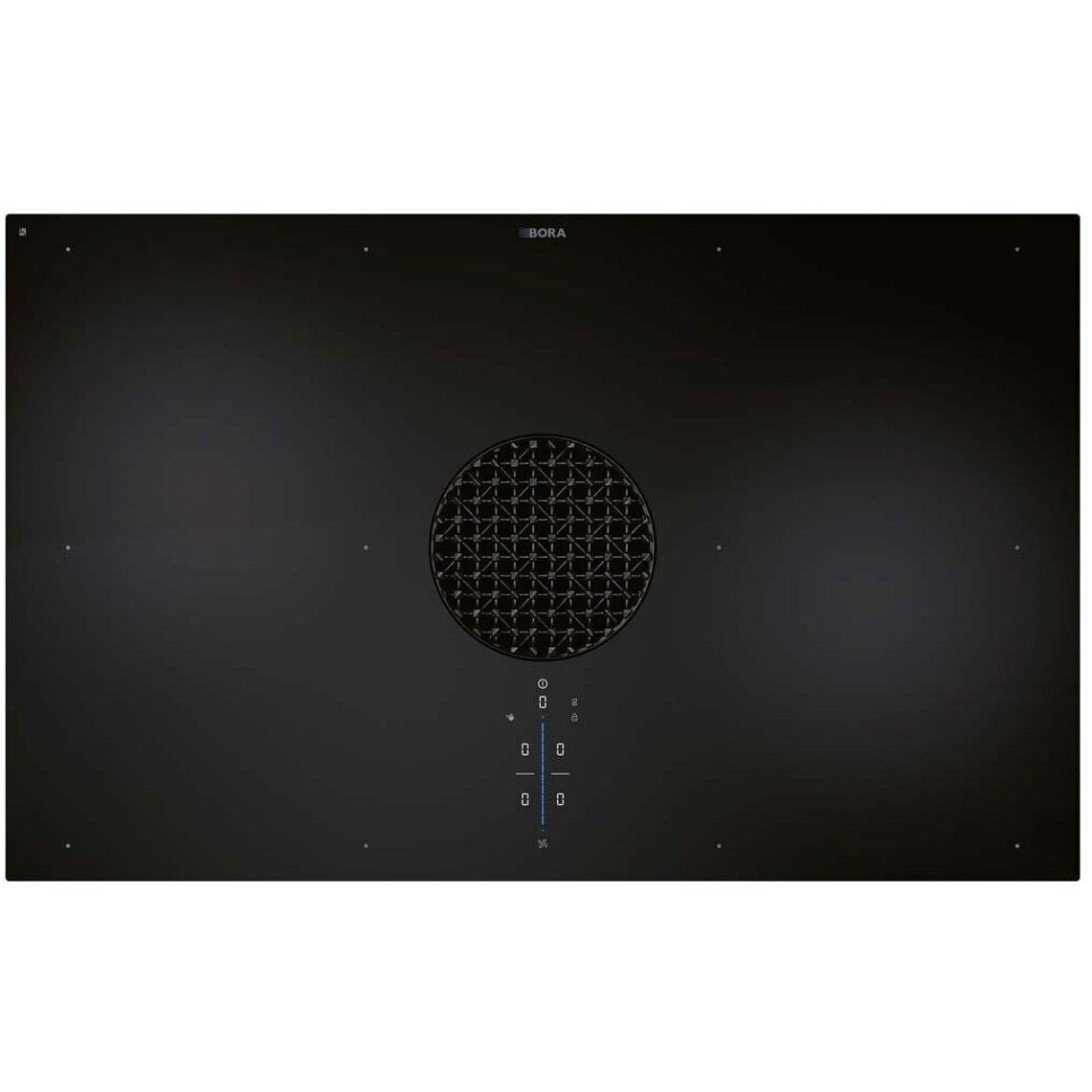Pyrolysis Oven Comparison: A Comprehensive Guide
Over the last few years, pyrolysis ovens have gathered considerable attention in the fields of materials processing, waste management, and energy recovery. These specialized ovens convert organic products into useful byproducts through thermal decay in the lack of oxygen. As industries and people increasingly try to find sustainable options to garbage disposal and material recovery, comprehending the variety of pyrolysis ovens available on the marketplace becomes crucial. In this post, we will dig into the contrasts between various kinds of pyrolysis ovens and their particular functions, applications, and drawbacks.
What is Pyrolysis?
Before diving into the comparison, let's first comprehend pyrolysis. Pyrolysis is a thermal decay procedure that takes place at raised temperatures, normally in between 300 ° C to 800 ° C, in an oxygen-free environment. The outcome is the breakdown of products into three main products:
- Solid Residue: Often called char, it can be further processed or utilized as fuel or soil amendment.
- Liquid Products: Also understood as bio-oil, these are complex mixtures that can be fine-tuned into important chemicals or used as a fuel.
- Gaseous Components: These consist of flammable gases that can be collected and utilized as an energy source.
Types of Pyrolysis Ovens
The market provides a range of pyrolysis ovens; the most common types consist of:
- Batch Pyrolysis Ovens
- Continuous Pyrolysis Ovens
- Vacuum Pyrolysis Ovens
- Microwave-Assisted Pyrolysis Ovens
Comparison Table
| Feature/Type | Batch Pyrolysis | Continuous Pyrolysis | Vacuum Pyrolysis | Microwave-Assisted Pyrolysis |
|---|---|---|---|---|
| Operation Mode | Batch processing | Constant processing | Batch processing | Batch processing |
| Input Material | Variable | Constant circulation | Variable | Variable |
| Temperature Range | 300 ° C | - 800 ° C 300 ° C | - 800 ° C | |
| 300 ° C-800 ° C 300 ° C-600 ° C Product Quality High | Moderate to High | High | High | |
| Production Rate | Low | High | Low | Low |
| Preliminary Investment | Lower | Greater | Moderate | Moderate |
| Functional Flexibility | High | Low | Moderate | Moderate |
| Footprint | Smaller sized | Larger | Smaller | Smaller sized |
In-depth Analysis of Pyrolysis Ovens
1. Batch Pyrolysis
Batch pyrolysis ovens are designed for processing materials in discrete loads. They are perfect for small operations or pilot jobs and commonly feature:
- Operative Flexibility: Batches can be tailored to different materials.
- Lower Capital Investment: Initial costs are more manageable for small companies or startups.
- Quality Control: High-quality output due to regulated conditions for each batch.
Nevertheless, they might fall short in regards to production capability and efficiency.
2. Constant Pyrolysis
Constant pyrolysis ovens operate by feeding the raw product consistently, enabling more significant output and effectiveness:
- Higher Throughput: Suitability for large-scale services that require consistent processing.
- Cost-Effectiveness: Although preliminary costs are greater, the efficiency can cause lower operating expense in the long run.
One disadvantage is that the input product should frequently be uniform in size and type to guarantee consistent processing.
3. Vacuum Pyrolysis
Vacuum pyrolysis involves the elimination of air throughout the pyrolysis procedure, successfully improving the quality of the output and increasing the yield of valuable by-products:
- Higher Quality Products: Reduces the chance of undesirable responses and boosts gas and oil yield.
- Smaller Equipment Footprint: More efficient use of space.
Alternatively, it tends to be more expensive and needs careful style to keep vacuum conditions.
4. Microwave-Assisted Pyrolysis
This innovative approach makes use of microwave energy to heat products more equally and effectively:
- Diverse Feedstock: Can process a series of materials, consisting of wet biomass.
- Faster Pyrolysis: Typically results in much shorter processing times due to fast heating.
On the flip side, it is still fairly brand-new on the marketplace, suggesting limited proven longevity or reliability.
Key Considerations When Choosing a Pyrolysis Oven
- Scale of Operation: Choose in between batch or constant depending on whether you're small or massive.
- Feedstock Variety: Assess whether you'll be processing consistent materials or diverse feedstocks.
- Production Goals: Understand your production targets to determine the required oven type.
- Capital and Operational Costs: Balance preliminary financial investments with potential long-lasting operational costs.
- Item Quality Requirements: Consider how important the quality of the output is for your desired application.
Frequently Asked Questions
1. What is the average cost of a pyrolysis oven?
The expense can vary significantly based upon the type and scale of the oven. Batch systems might start around ₤ 30,000, while constant systems might surpass ₤ 300,000.
2. For how long does the pyrolysis process take?
Batch processes may take several hours, while continuous systems can operate 24/7 at differing rates depending upon input material.
3. What Geschirrspüler Vollintegriert Günstig of materials can be processed in a pyrolysis oven?
Typical materials consist of natural waste, plastics, rubber, and biomass. However, the specific oven may have limitations.
4. What are the ecological advantages of pyrolysis?
Pyrolysis decreases garbage dump waste, produces energy and valuable products from waste, and can reduce greenhouse gas emissions through mindful management.
5. Can you recycle the gas produced by pyrolysis?
Definitely! The gases produced during pyrolysis can be converted into fuel or energy, allowing a closed-loop system.
Choosing the ideal pyrolysis oven involves comprehending the subtleties of your specific application, budget, and ecological effect objectives. While batch systems represent versatility and lower expenses, constant systems supply efficiency for larger operations. Meanwhile, vacuum and microwave-assisted pyrolysis techniques offer ingenious solutions but at varying costs and intricacies.
By carefully weighing these considerations and consulting the in-depth contrasts supplied, companies and people can make educated choices that line up with their sustainable goals.

